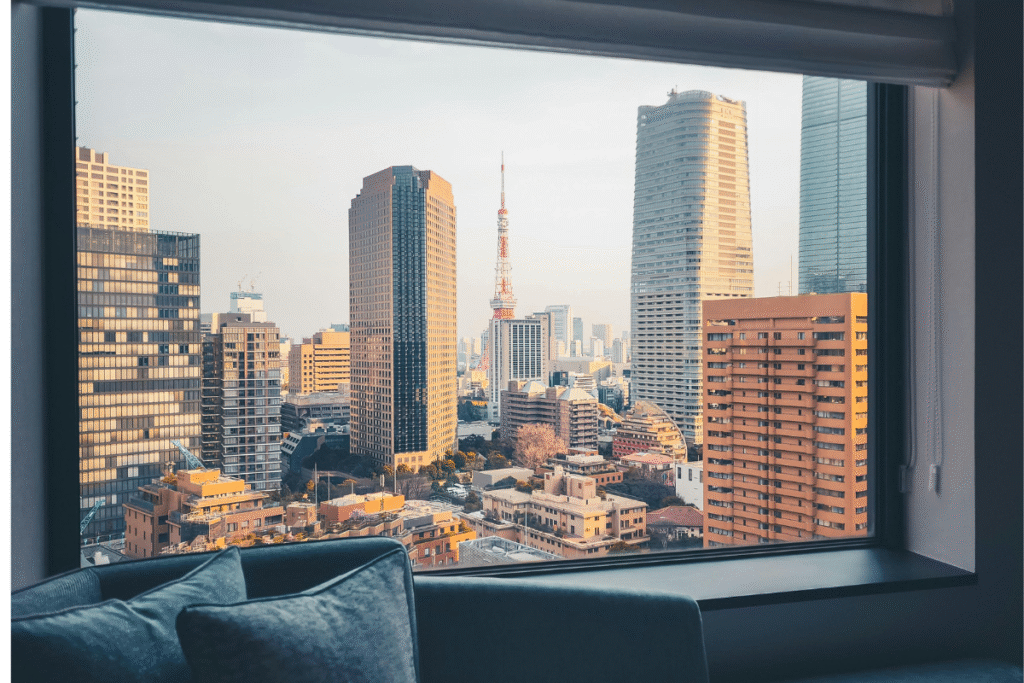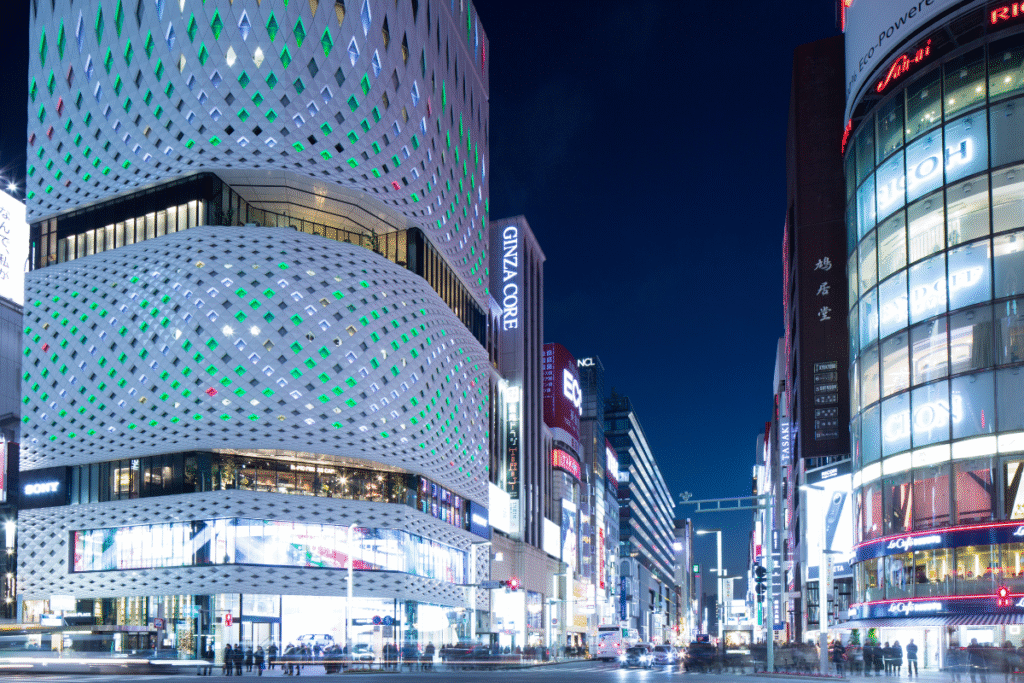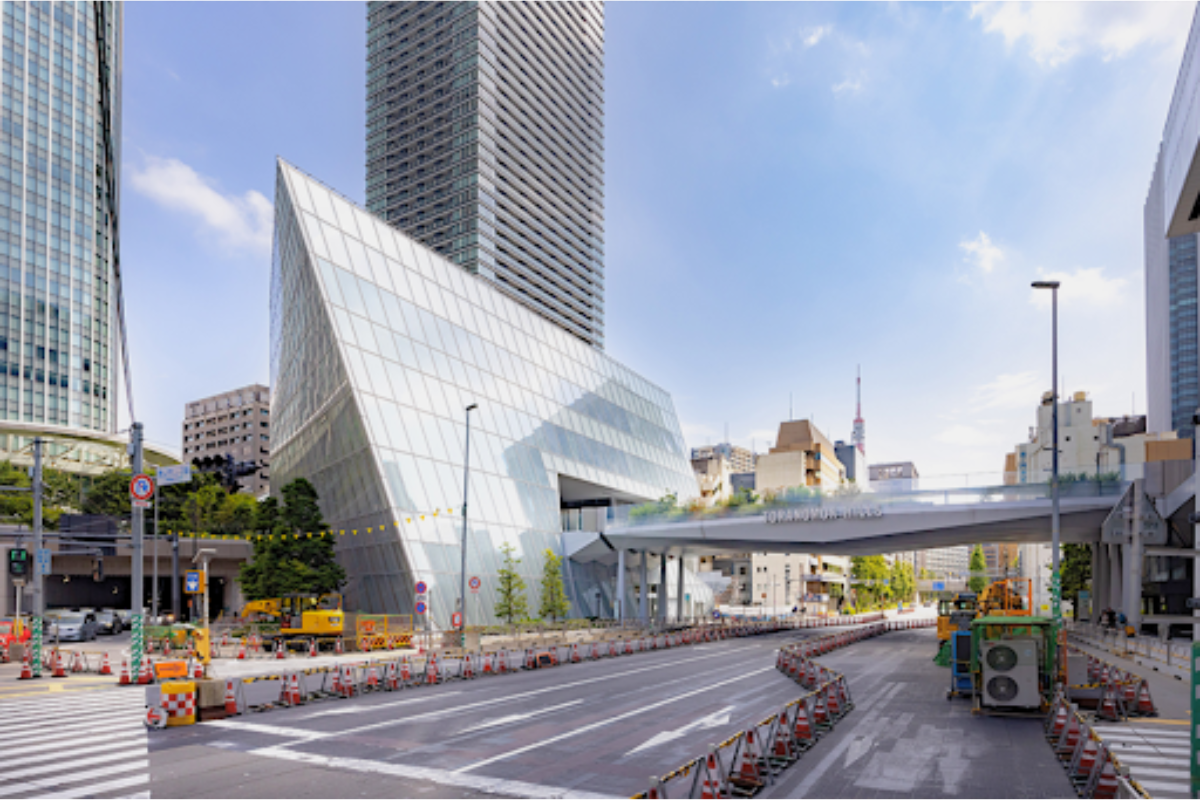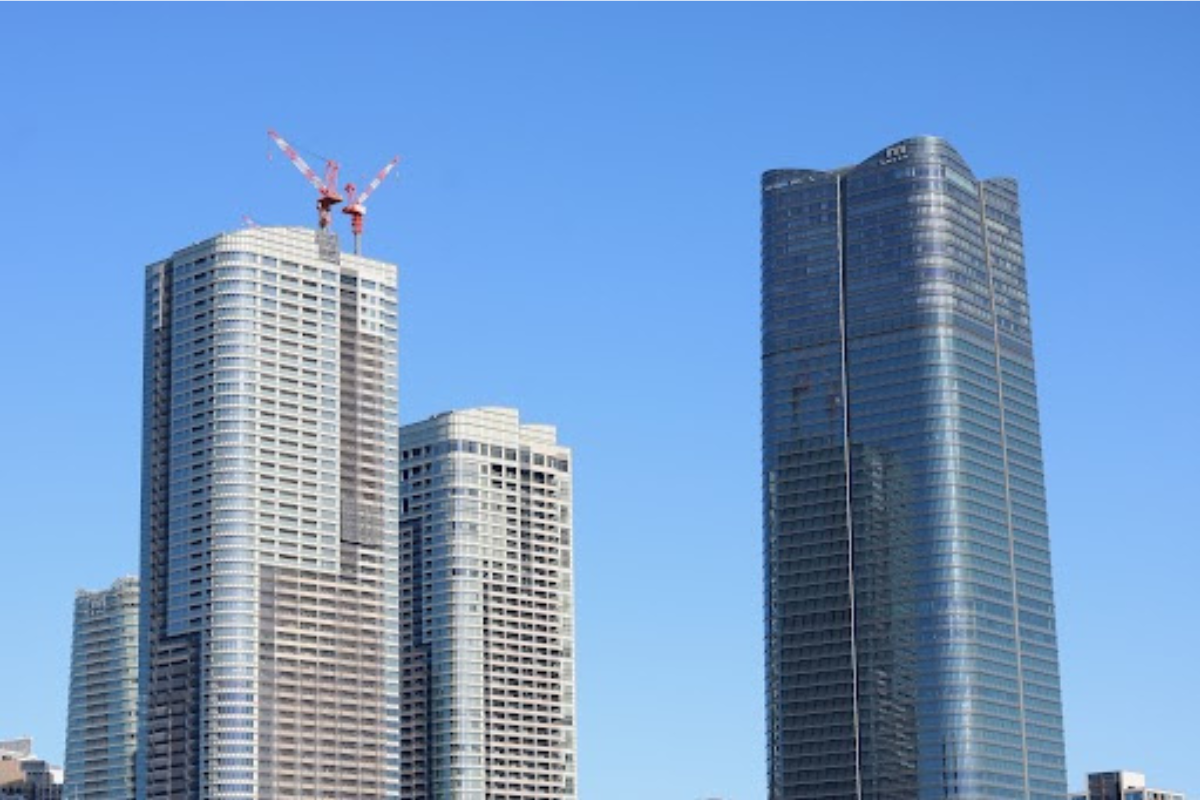Ultra-luxury residences in Tokyo have enjoyed growing interest from potential buyers and tenants, according to a comprehensive report by global real estate services provider Savills plc.
Entitled “Tokyo Residential: Ultra Luxury,” the April 2025 report explains that Tokyo is in its infancy compared to other gateways such as Manhattan, London and Hong Kong, with limited stock and few experienced players.
This has caught the attention of overseas developers and investors, with future growth likely, especially as traditional sectors have become more mature. “The relative strength of Japan’s economy is unlikely to change over the coming decade, and the country will remain a key global economic power in the meantime, especially given its competitive edge over its neighbours as a place for stable investment,” the report said.

Japan’s recent attraction as a global tourist destination has also increased interest from overseas capital, and societal stability have made the capital an attractive place to live in and store wealth. “Japan appears to be attracting greater numbers of wealthy visitors. According to a survey conducted by the Japan Tourism Agency, close to 10% of responding households had more than US$1 million in net assets.”
“Ultra-luxury residences serve as a unique investment avenue, especially for UHNWIs [Ultra High Net Worth Individuals], both domestic and international. Despite the high price points of ultra-luxury residences, they could still be thought of as not excessively expensive, especially when compared to the price increments of other asset classes sought after globally.
On the down side, however, and keeping prices up and waiting lists long, are high construction costs, shortage of land and labor, time-consuming and expensive bureaucracy and Japan’s “unique way of doing things.”

“Ultra-luxury residences” in Japan typically cost more than ¥1 billion, and most are in central locations. “The market is generally opaque, so units are typically marketed directly to high-profile clients known to developers or realtors, and little information is released openly to the public.”
According to industry sources, Japan had some 16,500 UNHWIs with 6,500 in Tokyo in 2023, both numbers increasing more than 10% from the previous year, despite the depreciated yen. The number of UHNWIs in Tokyo is set to grow by more than 10% annually until 2028.
According to Nomura Research Institute, the number of households in Japan that have more than ¥500 million in assets has grown from about 90,000 in 2021 to 118,000 in 2023, and this figure is likely to have risen further in 2025.
The UBS Global Wealth Report, meanwhile, says the number of UHNWIs worldwide is also forecast to increase by 30% to more than 800,000 people. Japan is projected to have the third-largest number of millionaires in 2028, and see the largest growth in that number from 2023 among developed countries, also suggesting that the number of UHNWIs in the country should increase. According to the New World Wealth report, 2023 and 2024 saw the greatest number of millionaires emigrate and are projected to increase, with Tokyo likely being a popular destination due to its growing attractiveness as a place to live and store wealth.

The generally upbeat report concludes by saying: “The successful launches of multiple developments in the past few years have brought the ultraluxury residential sector into the limelight, with many players appearing keen on venturing into this relatively unexplored market. Japan’s economic fundamentals, unique culture and high levels of safety have made it an appealing place to live in and store wealth, attracting more UHNWIs, who are expected to continue growing in number. While interest is high in the sector, even most major developers have limited experience in it, and may find it difficult to break into. Land that befits ultra-luxury residences has become difficult to procure, and elevated construction costs have made it challenging to plan luxury projects. In addition, day-to-day operations will also remain a challenge as requirements are extremely stringent. Barriers into the ultra-luxury sector will remain high, and supply is therefore expected to be very limited for the time being, which should contribute to further capital growth or at least the stability of value of such assets.”




